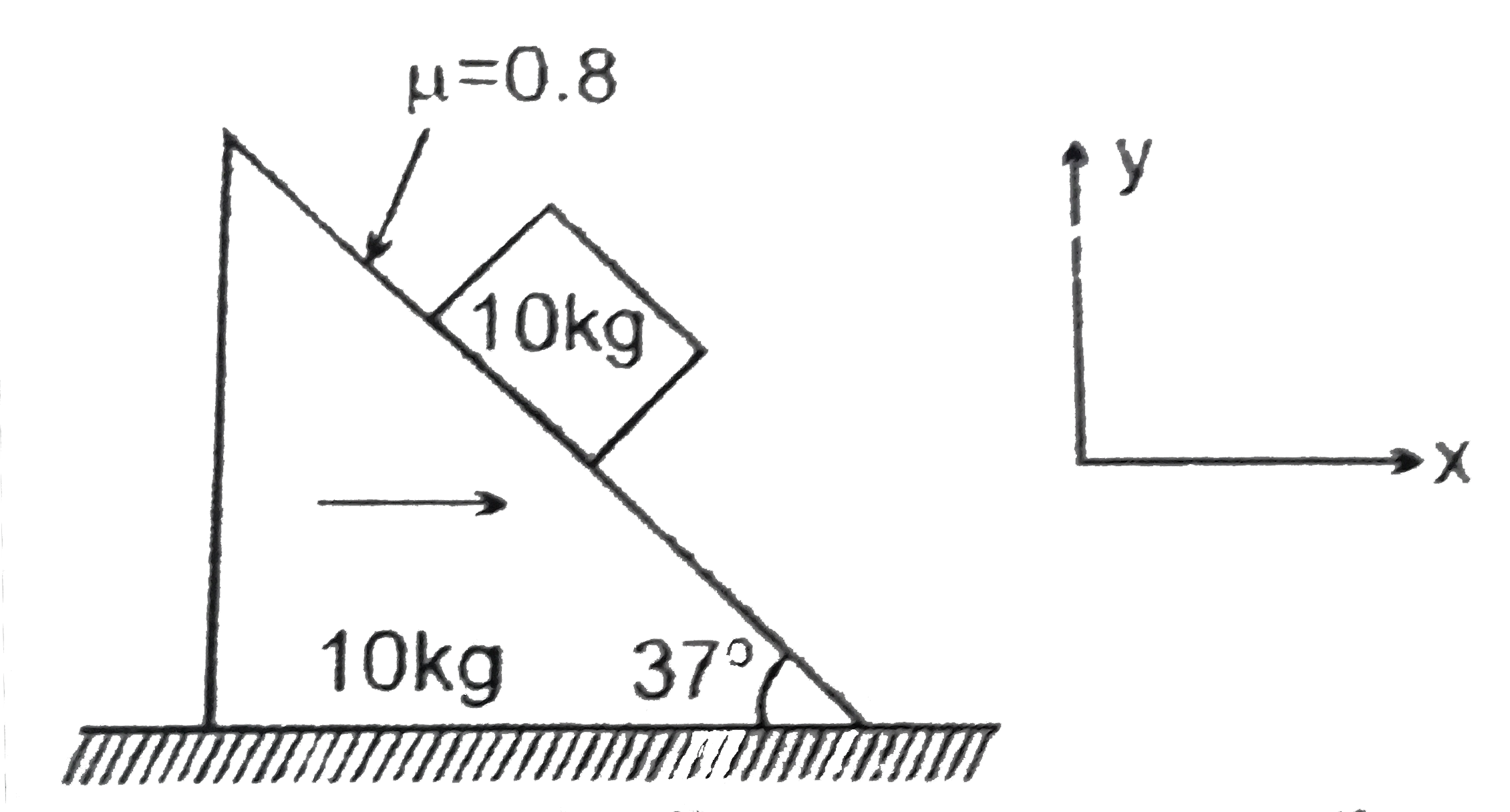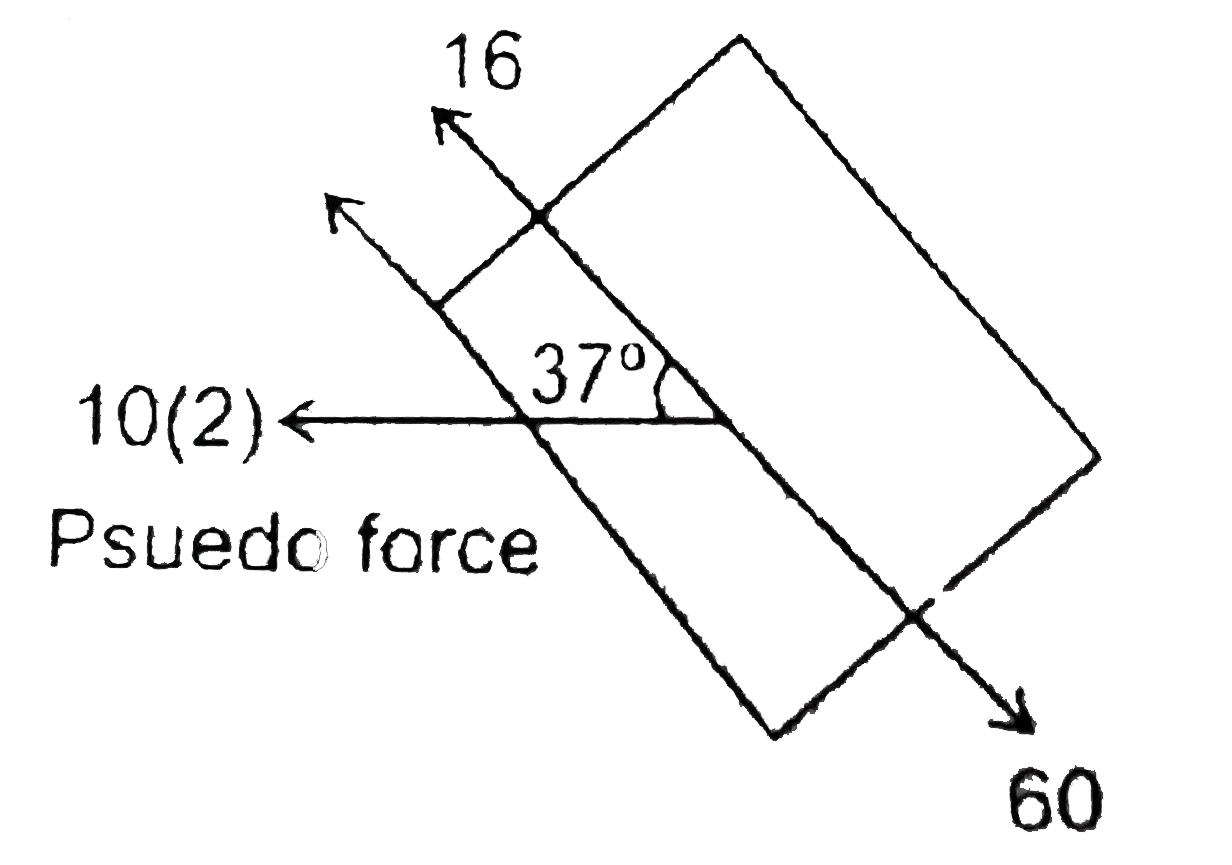A
B
C
D
Text Solution
Verified by Experts
The correct Answer is:
|
Topper's Solved these Questions
TEST PAPERS
RESONANCE|Exercise PT-01|30 VideosView PlaylistTEST PAPERS
RESONANCE|Exercise Pt-02|30 VideosView PlaylistTEST PAPERS
RESONANCE|Exercise PART - II PHYSICS|107 VideosView PlaylistSIMPLE HARMONIC MOTION
RESONANCE|Exercise Advanced Level Problems|13 VideosView PlaylistTEST SERIES
RESONANCE|Exercise PHYSICS|127 VideosView Playlist
Similar Questions
Explore conceptually related problems
Knowledge Check
Similar Questions
Explore conceptually related problems
RESONANCE-TEST PAPERS-Physics
- White light is used to illuminate the two slits in a Young's double ...
05:04
|
Play - A cylinder rests in a supporting carriage as shown. The side AB of car...
10:19
|
Play - A wedge is moving rightwards on which a block of mass 10 kg is placed ...
05:00
|
Playing Now - A cylinder of mass M and radius R is resting on two corner edges A and...
03:26
|
Play - There are two massless springs A and B spring constant K(A) and K(B) r...
04:34
|
Play - Which fo the following statement is true about friction:
01:55
|
Play - A fusion reaction consists of combining four protons into an alpha-par...
04:13
|
Play - Which of the following statements are correct for an X-ray tube?
04:01
|
Play - In the system in the figure m(1)gtm(2) system is held at rest by threa...
02:44
|
Play - Two blocks of masses 10 kg and 20 kg are connected by a light spring a...
02:32
|
Play - The block of mass m is kept on plank of mass M. The block is given vel...
06:32
|
Play - A beam of electrons striking a copper target produces X-rays. Its spec...
02:15
|
Play - In the figure the pulley P moves to the right with a constant speed u....
01:55
|
Play - No work is done by a force on an object if
03:03
|
Play - A block of mass M is kept in elevator (lift) which starts moving upwar...
04:03
|
Play - A block of mass M is kept in elevator (lift) which starts moving upwar...
04:03
|
Play - There of the fundamental constant of physics are the universal gravit...
05:46
|
Play - There of the fundamental constant of physics are the universal gravit...
05:46
|
Play - One end of a light string of length L is connected to a ball and the o...
03:36
|
Play - One end of a light string of length L is connected to a ball and the o...
10:11
|
Play

